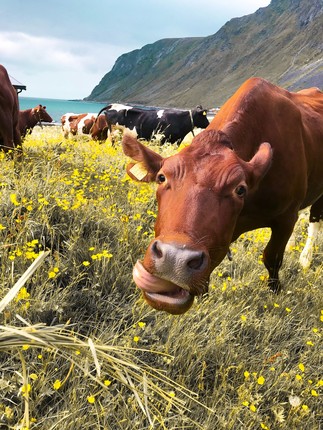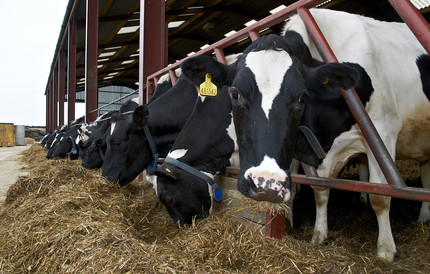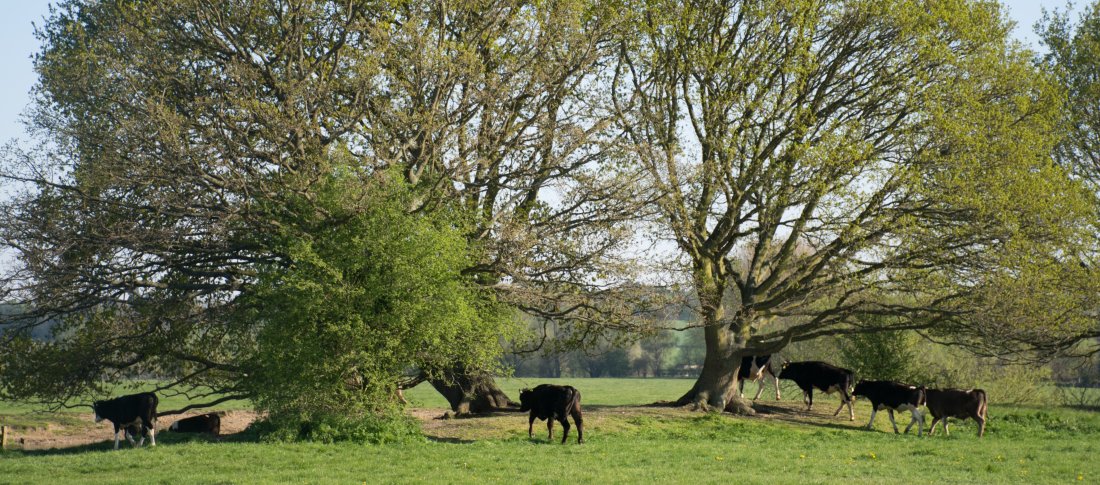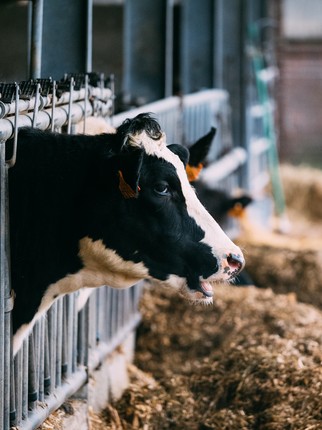As dairy farmers - wherever you may be in the world, you’ll be more than familiar with overcoming your fair share of challenges.
But this year, in particular, the dairy farming industry has been hit even harder than most. With large fuel price increases affecting farm running costs, the cost of living, as well feed production and fertiliser costs, together with energy price hikes, supply chain issues and extreme weather events, the average dairy farm’s bank balance has taken a real battering.
And while it might be tempting to make cutbacks on farm inputs that might be deemed to be a luxury, we’re here to explain with a few top tips, how working smarter, not harder, for improved farm efficiency, pays off for long term profitability.
Tip 1: Keep abreast of your farm costs
With dairy farm input costs and milk prices changing at such a rapid rate, it can be hard to keep up. But keeping tabs on your running costs has to be a top priority in order to calculate the profitability of your business and the effectiveness of any changes you might make.
Calculating your cost per litre is the first step to assessing your dairy farm’s profitability and provides you with a figure that makes for easy comparison as input costs change.
Tip 2: Focus on quality forage
Never has there been a truer saying than ‘you get out, what you put in’ when it comes to feeding dairy cows and milk production, which is why quality should always trump cost in dairy cow nutrition.
A few factors worth considering include:
- Forage digestibility – this will impact rumen function, energy supply, milk production potential and overall efficiency.
- Grass to maize silage proportions – this can influence the requirement for additional protein supplementation.
- Your farm’s forage yield – this will determine additional purchased feed required.
Boosting your cow’s dry matter intake with quality forage is sure to positively impact their milk production while keeping purchased feed costs down. And the great news is that a good spring meant bumper silage crops for many. However, also bear in mind that supplementation with rumen-protected fats can both maximise feed efficiency and transform cow fertility and productivity, so supplementary feeding can and does pay off.
Learn how to make the perfect silage next spring, here >>>
Tip 3: Stay on top of supplementation
As the term would suggest, many might see feed supplements as an input cost that can easily be dropped. But when it comes to rumen-protected fat supplements, these don’t just contain a concentrated source of nutritious fat to boost cow efficiency.
They, more vitally, ensure that these nutrients are delivered to exactly where they are needed within the cow, without upsetting the delicate balance of bacteria in the rumen, which would lead to compromised overall feed efficiency, cow health, milk productivity, and fertility.
It is also worth considering that fat is a far more energy-dense nutrient than other sources – providing 2.5 times more energy than cereals – allowing your cow to meet her enhanced energy demands for milk production and fertility more easily. So while feeding cereals may appear the cheapest option at first glance, it could be worthwhile to reconsider.
Find out whether you’re feeding enough fat here >>>
Learn more about the importance of correct fat supplementation here >>>
Tip 4: Calculate your feed fat ROI
One of the biggest factors in business success is determining whether you’re getting a decent return on your investment. And we know that when times are tough, everything comes under the closest of scrutiny - which is why we’ve created our very own ROI calculator to enable you to establish whether your returns in terms of milk yield, milk quality and cow fertility, balance favourably with what you put in.
>>> Learn more about our feed fat ROI calculator here <<<
Tip 5: Resist the temptation to let staff go
Staff losses are never a decision to be taken lightly and nor should they be. The UK dairy industry is particularly guilty of already spreading staff numbers thinly – with an average of 100 cows per farm worker compared to 75-80 cows in the EU or just 65-70 cows in the US.
The risk in this approach is that your workforce simply won’t have the capacity to carry out any more than the most basic of tasks – resulting in corners being cut and your longer-term output compromised. Think about how you can utilise your team most effectively around the farm to make improvements in farm efficiency.

Tip 6: Make time spent in the office a priority
While we appreciate that dairy farming is all about getting stuck in, the importance of being hands-on with the admin should never be overlooked. Prioritising time in the office to review your business performance, stay up to date with new innovations and opportunities and work on your relationships with suppliers, all offer the chance for you to reduce farm costs.
Tip 7: Invest in tech
In many cases investing in dairy tech is a primary example of how working smarter, not harder can pay dividends for your business. From robotic forage sweepers to electronic feed ration calculators and tech that turns manure into methane and ammonia-free fertiliser - the opportunities to free up time and reduce farm input costs are endless.
Learn more about some of the latest dairy tech trends here >>>
Tip 8: Don’t compromise on cow fertility or milk production
While it may seem an obvious piece of advice to give, it’s one of the most common mistakes that dairy farmers make when looking to make savings within the business.
Don’t forget that reduced fertility, body condition score and milk yield have an impact further-reaching than the current cycle - with falling outputs leading to greater losses long term.
Discover the hidden costs of fertility here >>>

Tip 9: Help your herd make more of every mouthful
Often secondary influences such as housing and herd health have a far greater impact on dairy herd efficiency than we appreciate.
Taking a closer look your herd’s housing in terms of ventilation, drainage, space per cow and cleanliness can mitigate all sorts of health concerns which can negatively impact your cows’ body condition and milk production – and thus your profit margin.
Treating lameness early means that instead of putting her energy into pain management and healing, your cow can put it into milk production.
Learn more about how you can help your herd make more of every mouthful here >>>
Tip 10: Plan ahead
While making it through winter is the immediate concern, setting yourself up for success next spring will be fundamental in making savings through the year.
It’s said that the farms with the best grass in spring are those that prepare for it in the autumn, so rather than pushing your grass too far with winter on its way, remember to play the long game and remove your girls from the grass, sooner rather than later.
Remind yourself of the benefits of good grassland management here >>>
The key take-away: aim for increased efficiency without sacrifice
The fact is, that maintaining or even increasing farm profitability doesn’t have to come by compromising on what you put in. Sometimes, it’s actually more of a case of maximising what you can get out.

